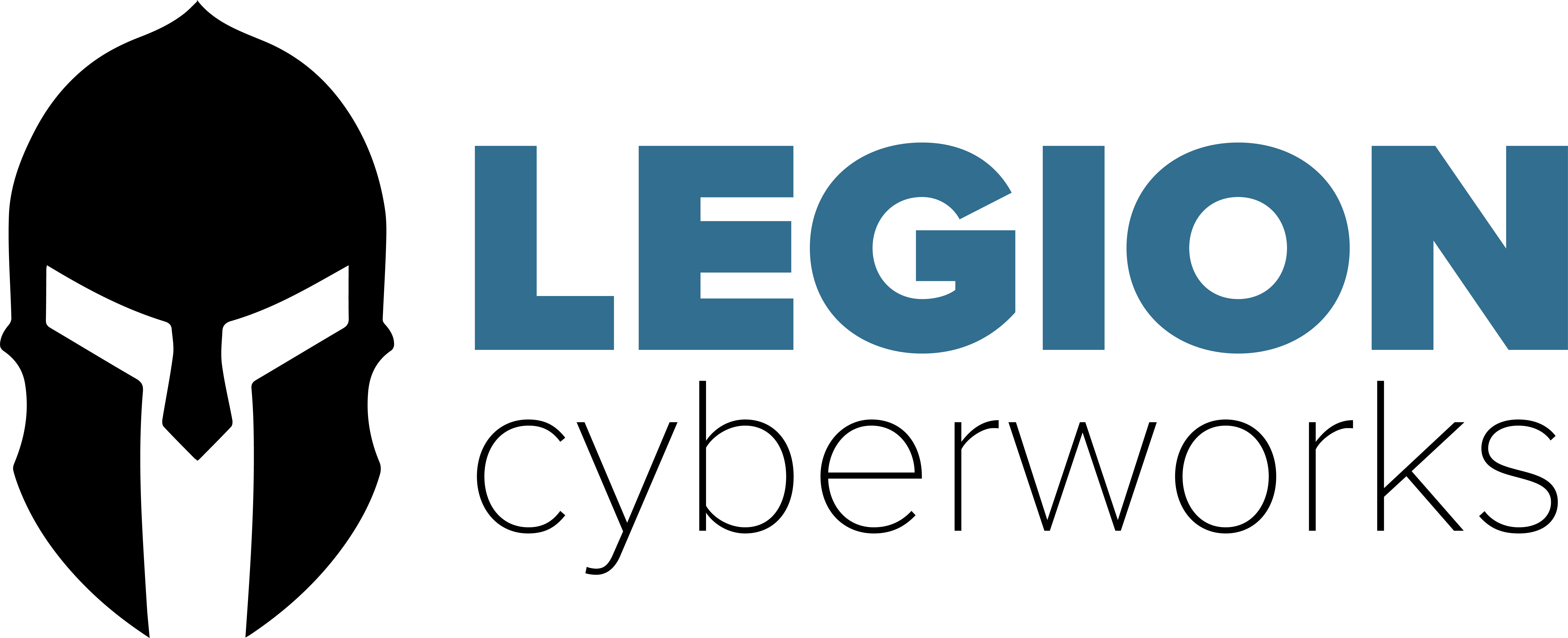Introduction
Lenovo remains a top seller in SLED and private sector markets—largely due to aggressive pricing. Yet beneath the low sticker price lies a troubling history of pre-installed adware, firmware bugs, and potential hardware compromises.
Download our security risk brief on this topic below.
🚨 Lenovo’s Security Missteps: What You Need to Know
1. Alleged Hardware-Level Espionage (2008)
- Reports from Bloomberg suggested U.S. military investigators found backdoored chips in Lenovo motherboards logging keystrokes and transmitting data. Lenovo denied knowledge.
2. Superfish Adware (2014–2015)
- Pre-installed “VisualDiscovery” injected ads into web traffic and installed a universal root certificate—enabling man-in-the-middle (MITM) attacks on HTTPS sessions.
- Researchers found the certificate’s private key was the same across all devices.
- Lenovo fully disabled Superfish in January 2015 and later settled an $8.3M class-action suit and a $3.5M FTC fine.
2. Lenovo Service Engine (2014–2015)
- A UEFI/WPBT-based installer shipped on many Lenovo laptops that automatically installed software on first boot—even after OS reinstallation.
- It was discontinued mid-2015 following security concerns.
4. Lenovo Accelerator (2016)
- Bundled tool marketed to “speed up” apps, but installed a vulnerable HTTPS proxy with MITM potential.
5. UEFI Firmware Flaws (2021–2022)
- Multiple vulnerabilities (CVE-2021-3970, 3971, 3972, CVE-2022-3430–32) allowed attackers to disable Secure Boot and insert persistent implants.
- Lenovo issued patches, but many older models remain unpatched.
💰 Why Price Alone Isn’t Enough
Lenovo’s low-cost strategy wins on volume, but:
- Firmware-layer issues are hard to detect and can persist post-reimage
- MITM backdoors threaten encryption, data integrity, and privacy
- Geopolitical concerns (perceived ties to CCP) raise risk profiles
- Unpatched legacy devices continue to expose networks
✅ Recommendations for SLED & Private Sector
- Avoid new Lenovo hardware in sensitive environments
- Audit existing devices: check firmware integrity, certificates, and install patches
- Network segmenting: isolate Lenovo devices if replacement isn’t feasible
- Decrypt and inspect SSL / TLS (HTTPS) traffic entering and existing your networks for threats, espionage, and data leakage
- Policy controls: include security-first clauses in procurement RFPs
📃 Appendix: Full Source List
- Bloomberg (via Wikipedia): U.S. military backdoor findings – https://en.wikipedia.org/wiki/Lenovo
- CISA Advisory: “Lenovo Superfish Adware Vulnerable to HTTPS Spoofing” (Feb 2015) – https://www.cisa.gov/news-events/alerts/2015/02/20/lenovo-superfish-adware-vulnerable-https-spoofing
- Wired: “Lenovo faces huge backlash over Superfish adware” (2015) – https://www.wired.com/story/lenovo-superfish
- Tom’s Hardware: “Lenovo’s Massive Settlement for the Superfish Scandal Moves Forward” (2019) – https://www.tomshardware.com/news/lenovo-settlement-superfish-scandal-progress%2C38657.html
- Wikipedia: Lenovo overview – https://en.wikipedia.org/wiki/Lenovo
- Heimdal Security: “Millions of Laptops Impacted by Lenovo UEFI Firmware Vulnerabilities” – https://heimdalsecurity.com/blog/millions-of-laptops-impacted-by-lenovo-uefi-firmware-vulnerabilities

